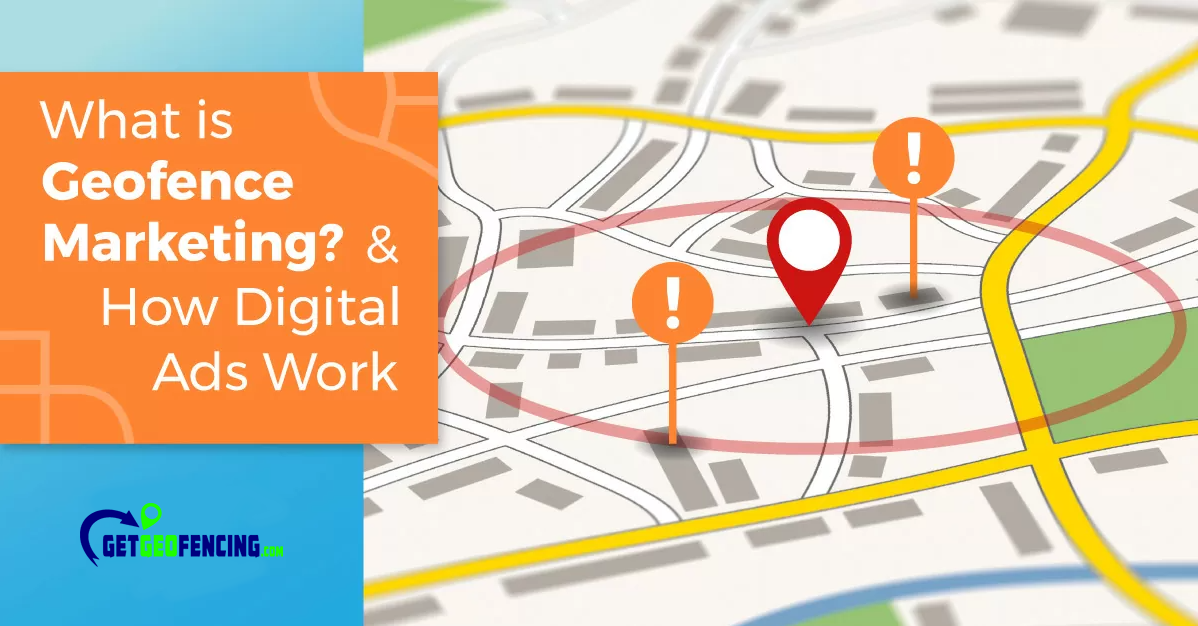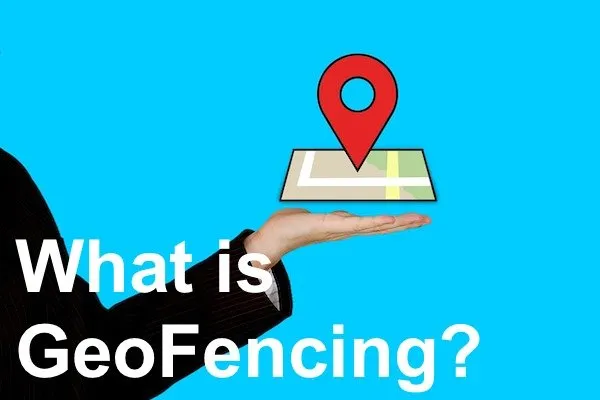RTB Geofencing: Revolutionizing Targeted Advertising
RTB Geofencing is revolutionizing the way businesses target their audience. This innovative technology combines real-time bidding (RTB) with geofencing, allowing advertisers to deliver highly targeted and timely ads to consumers.
By setting virtual boundaries around specific locations, such as a store or event venue, advertisers can reach customers who are present or have recently visited those locations. This means that businesses can now precisely target their ads to potential customers who are most likely to convert.
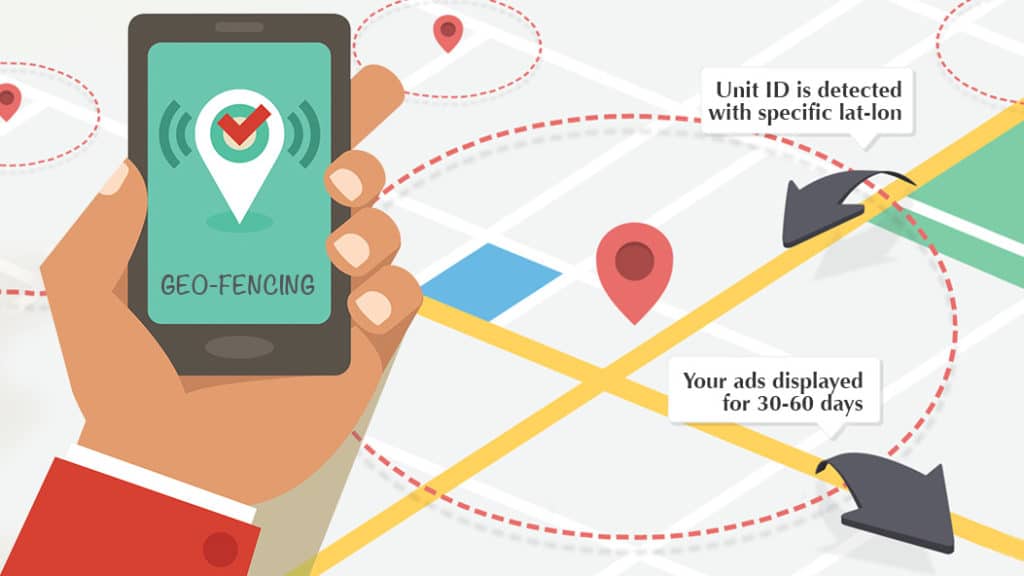
What is RTB Geofencing?
RTB Geofencing is a cutting-edge advertising strategy that combines real-time bidding (RTB) and geofencing to deliver highly targeted and personalized ads to consumers.
Geofencing involves creating virtual boundaries around specific locations, while RTB enables advertisers to bid on ad inventory in real-time. When these two technologies are combined, businesses can target their ads to users within a specific geographical area, maximizing the relevance and effectiveness of their campaigns.
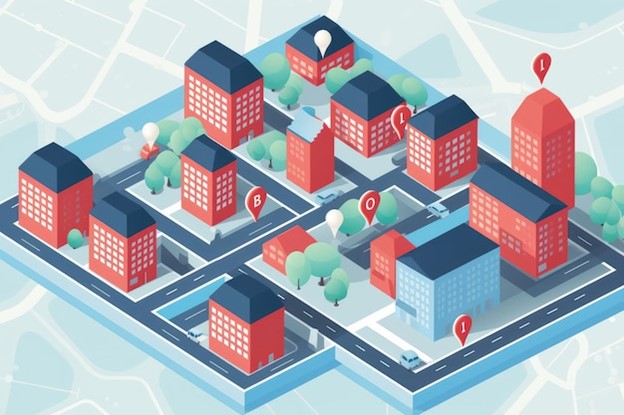
How Does RTB Geofencing Work?
RTB Geofencing works by leveraging the power of mobile devices and location data. When a user enters a predefined geofenced area, their device sends a signal to ad exchanges, indicating their presence. Advertisers can then bid on the ad inventory in real-time, and if their bid is successful, their ad is displayed to the user. This process happens within milliseconds, ensuring that the ads are delivered to the right audience at the right time.
To implement RTB Geofencing, advertisers need access to mobile advertising platforms or demand-side platforms (DSPs) that support this technology. These platforms allow advertisers to set up geofences around specific locations and target users within those areas. Advertisers can also set other parameters, such as demographics, interests, and device types, to further refine their targeting.
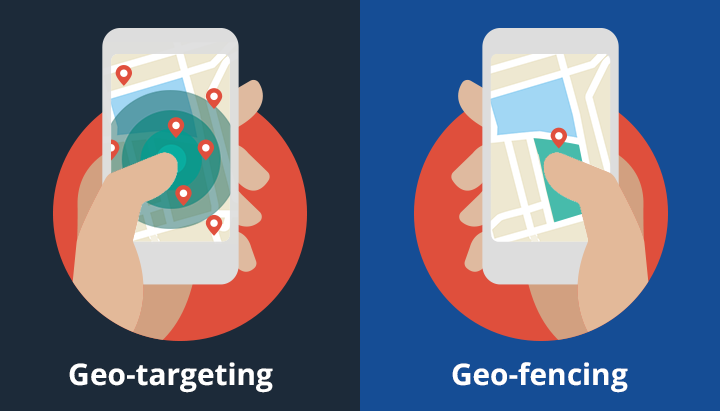
Benefits of RTB Geofencing
The power of RTB Geofencing lies in its ability to deliver personalized and contextually relevant ads. By targeting users based on their location, advertisers can ensure that their ads are highly relevant to the users’ immediate context. This increases the chances of engagement and conversion, as users are more likely to respond positively to ads that are tailored to their current surroundings.
One of the key benefits of RTB Geofencing is its ability to drive foot traffic to physical stores. By delivering ads to users who are in close proximity to a store, advertisers can entice them to visit and make a purchase. For example, a retailer can use this technology to send a special discount or promotion to customers who are near their store, creating a sense of urgency and encouraging immediate action.
Another advantage of RTB Geofencing is its ability to enhance the experience of event attendees. Event organizers can leverage this technology to reach attendees with event-specific ads, providing them with relevant information and updates. For instance, a music festival can use RTB Geofencing to send notifications about upcoming performances, food vendors, and other attractions, ensuring that attendees have a seamless and enjoyable experience.
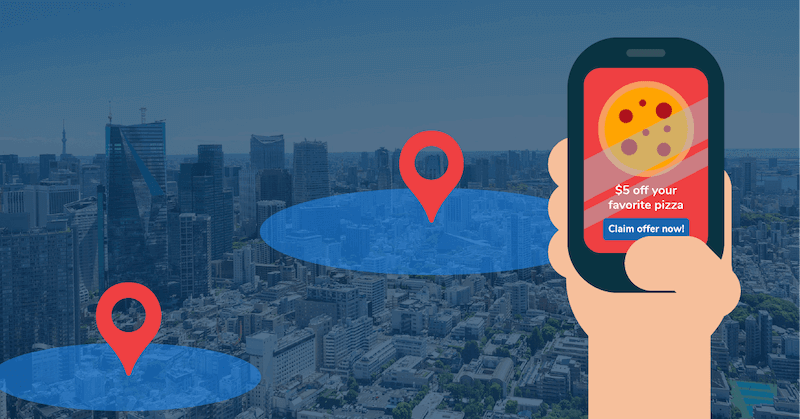
RTB Geofencing vs. Traditional Geofencing
While traditional geofencing allows businesses to target users within a specific area, RTB Geofencing takes it a step further by enabling real-time bidding on ad inventory. This means that advertisers can compete for the ad space in real-time, ensuring that their ads are delivered to the right users at the right time.
Traditional geofencing is often limited to displaying static or generic ads within a defined area. In contrast, RTB Geofencing allows for dynamic and personalized ads that are tailored to users’ specific location and context. This level of personalization significantly increases the chances of engagement and conversion, as users are more likely to respond positively to ads that are relevant to their immediate surroundings.
Targeting Options with RTB Geofencing
One of the key advantages of RTB Geofencing is its ability to offer granular targeting options. Advertisers can define precise geofences around specific locations, such as stores, event venues, or even competitor locations, to target users who are present or have recently visited those areas. This level of precision ensures that ads are delivered to users who are most likely to be interested in the products or services being advertised.
In addition to location targeting, advertisers can also leverage other parameters, such as demographics, interests, and device types, to further refine their targeting. This allows businesses to deliver ads to users who match their ideal customer profile, increasing the chances of engagement and conversion.
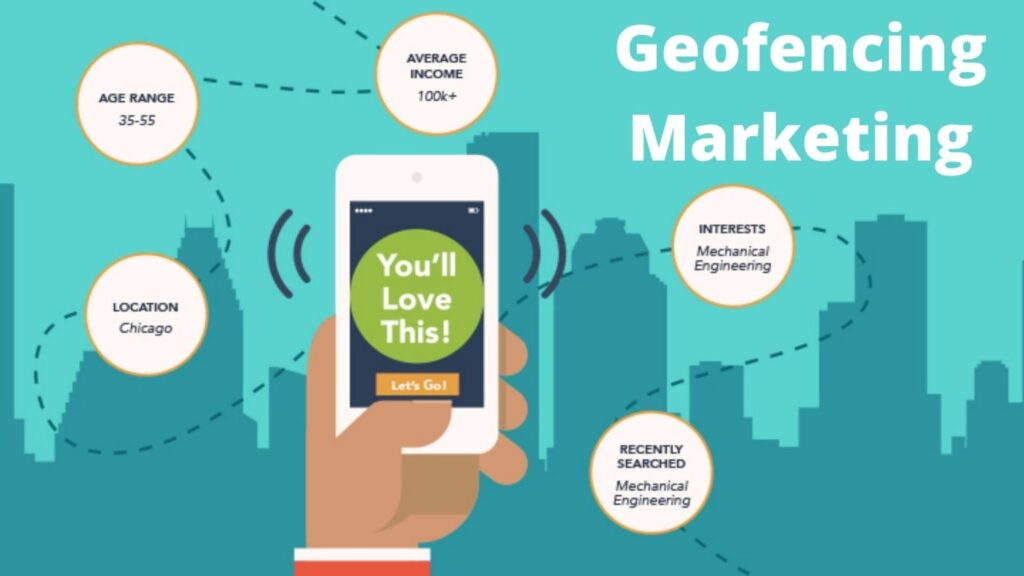
Case Studies of Successful RTB Geofencing Campaigns
Several businesses have already leveraged RTB Geofencing to drive impressive results. Let’s take a look at a few case studies that highlight the effectiveness of this advertising strategy:
- Retailer A: A leading fashion retailer used RTB Geofencing to target users who were within a 2-mile radius of their store. They delivered personalized ads with discounts and offers to entice users to visit the store. The campaign resulted in a 30% increase in foot traffic and a significant boost in sales.
- Event Organizer B: An event organizer used RTB Geofencing to target attendees of a music festival. They delivered real-time updates, performance schedules, and exclusive offers to enhance the attendees’ experience. The campaign resulted in a 20% increase in app engagement and a high level of attendee satisfaction.
- Restaurant Chain C: A national restaurant chain used RTB Geofencing to target users who were near their competitor locations. They delivered ads highlighting their unique offerings and special promotions to entice users to choose their restaurant instead. The campaign resulted in a 15% increase in foot traffic and a significant boost in customer acquisition.
These case studies demonstrate the power of RTB Geofencing in driving tangible results for businesses across various industries.

Best Practices for Implementing RTB Geofencing
To make the most out of RTB Geofencing, consider the following best practices when implementing your campaigns:
- Define precise geofences: Take the time to carefully define your geofences to ensure that they cover the right areas. Consider factors such as proximity to your store or event venue, competitor locations, and areas with high foot traffic.
- Personalize your ads: Tailor your ads to the users’ location and context to make them more relevant and engaging. Incorporate location-specific information, such as store addresses or event details, to capture users’ attention.
- Optimize your bidding strategy: Continuously monitor and optimize your bidding strategy to ensure that you are effectively competing for ad inventory. Adjust your bids based on factors such as time of day, day of the week, and user demographics to maximize your campaign’s performance.
- Track and analyze your results: Use analytics tools to track and analyze the performance of your RTB Geofencing campaigns. Monitor metrics such as click-through rates, foot traffic, and conversion rates to gain insights and make data-driven optimizations.

RTB Geofencing Tools and Platforms
To implement RTB Geofencing, you’ll need access to mobile advertising platforms or demand-side platforms (DSPs) that support this technology. Some popular tools and platforms that offer RTB Geofencing capabilities include:
- Google Ads: Google Ads allows advertisers to set up location-based campaigns and target users within specific areas. It offers a range of targeting options, including RTB Geofencing, to deliver highly relevant ads to users.
- Facebook Ads: Facebook Ads provides advertisers with the ability to target users based on their location, interests, and demographics. With its powerful targeting options, Facebook Ads can be used effectively for RTB Geofencing campaigns.
- The Trade Desk: The Trade Desk is a demand-side platform that offers advanced targeting capabilities, including RTB Geofencing. It provides advertisers with access to a wide range of ad inventory and real-time bidding options.
These tools and platforms offer the necessary features and capabilities to implement successful RTB Geofencing campaigns.
Challenges and Limitations of RTB Geofencing
While RTB Geofencing offers numerous benefits, it’s important to be aware of the challenges and limitations associated with this advertising strategy. Some common challenges include:
- Accuracy of location data: The accuracy of location data can vary depending on factors such as device capabilities and user permissions. Advertisers need to ensure that they are working with reliable data sources to maximize the effectiveness of their campaigns.
- Ad fatigue: Constantly bombarding users with ads within a specific geofenced area can lead to ad fatigue. Advertisers should carefully manage the frequency and variety of their ads to avoid overwhelming users and maintain engagement.
- Privacy concerns: Collecting and using location data raises privacy concerns. Advertisers need to ensure that they comply with applicable privacy regulations and obtain proper user consent for collecting and using their location data.
By being aware of these challenges and addressing them proactively, businesses can minimize their impact and maximize the effectiveness of their RTB Geofencing campaigns.
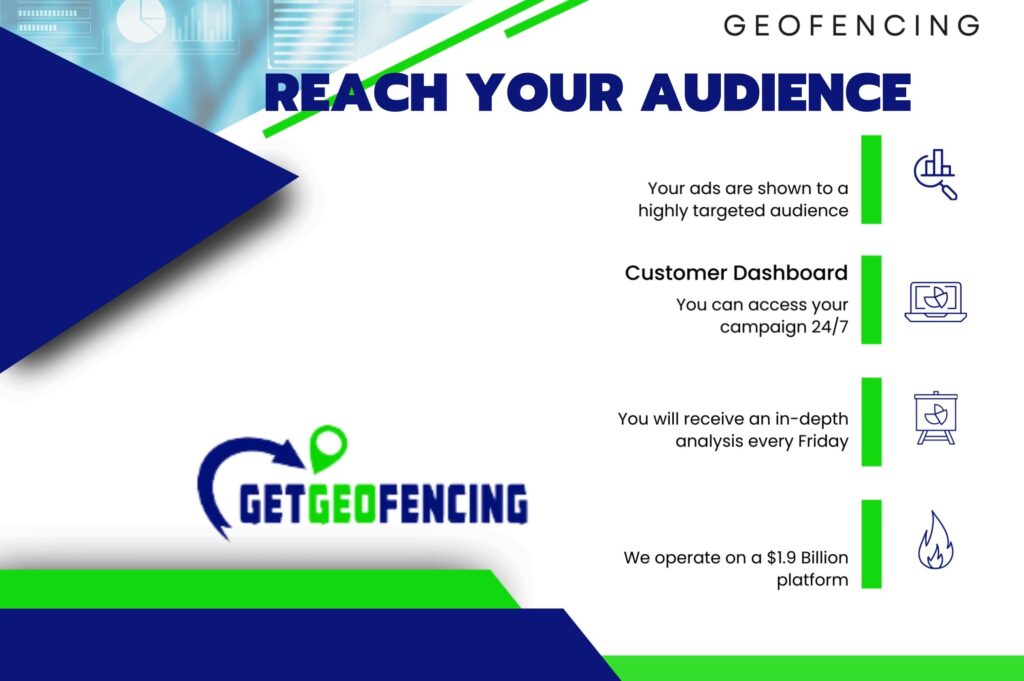
Conclusion
RTB Geofencing is a powerful advertising strategy that allows businesses to deliver highly targeted and personalized ads to consumers. By combining real-time bidding with geofencing, advertisers can maximize the impact and effectiveness of their campaigns. From driving foot traffic to physical stores to enhancing the experience of event attendees, RTB Geofencing offers numerous benefits for businesses across various industries.
To implement successful RTB Geofencing campaigns, it’s important to define precise geofences, personalize your ads, optimize your bidding strategy, and track your results. By leveraging the right tools and platforms, advertisers can take advantage of this innovative technology and connect with their target audience in a more meaningful and impactful way.
So, if you’re looking to take your advertising efforts to the next level, RTB Geofencing is a strategy worth exploring. Embrace the power of location-based targeting and deliver ads that are tailored to consumers’ precise location and context. With RTB Geofencing, you can significantly improve your conversion rates and return on investment, making your advertising campaigns more effective than ever before.


